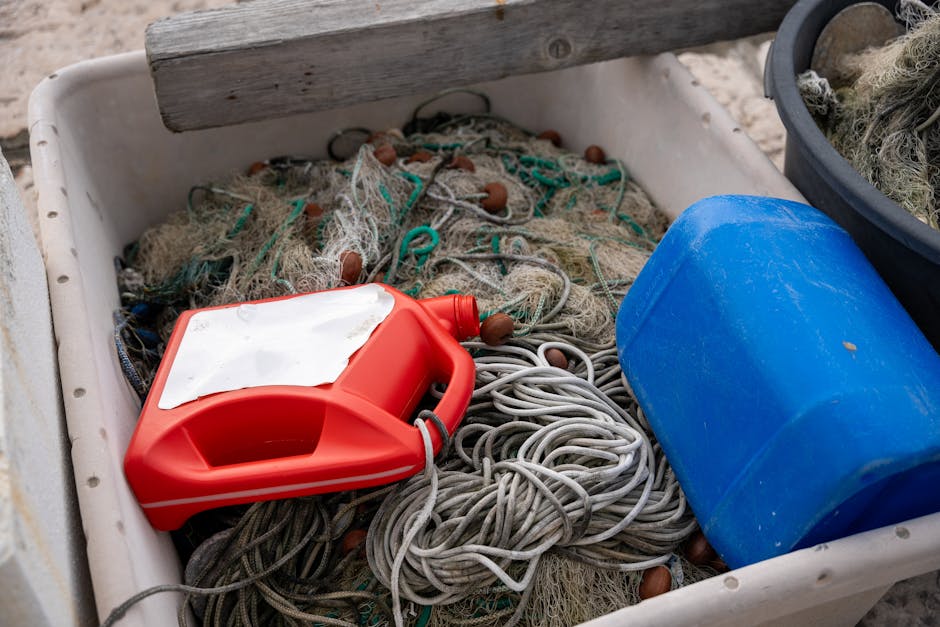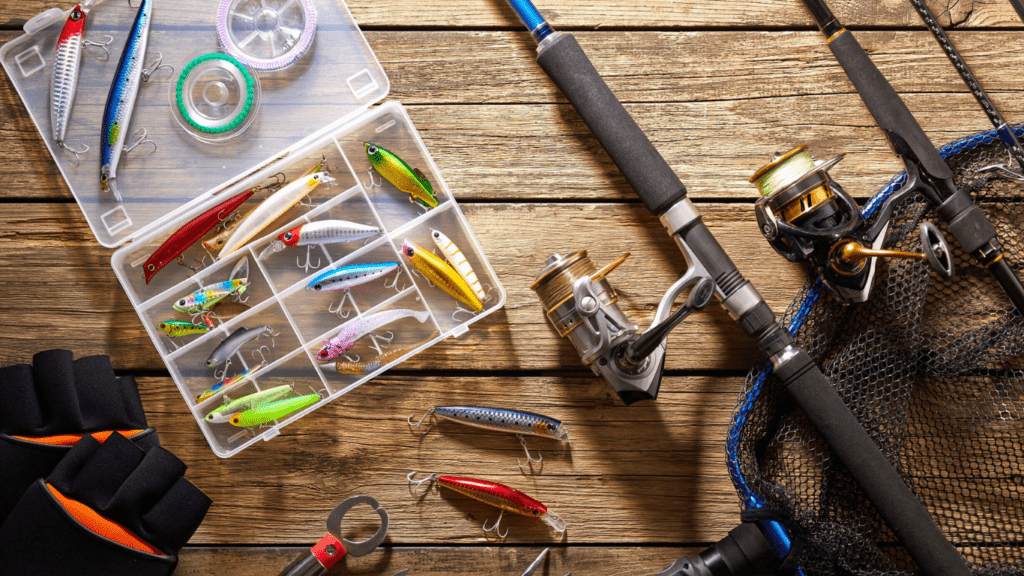Why Your Gear Choices Matter
Traditional fishing gear has taken a serious toll on marine ecosystems. Nylon lines, plastic lures, and synthetic nets don’t just disappear once they’re lost or discarded. They break down into microplastics that quietly spread through the water, contaminating everything from plankton to predators. Ghost nets those abandoned or broken nets that keep drifting through the ocean are even worse, silently ensnaring fish, turtles, and marine mammals for years.
This isn’t just a commercial fishing problem. Recreational anglers also contribute, often without realizing it. A lost lure here, a broken line there when multiplied by millions of fishing trips each year adds up. But the flip side is also true: small choices scale the other way. Switching to gear made from biodegradable or recyclable materials can limit the harm. Disposing of tackle properly, picking up extra debris when you see it, and spreading the word in your local community moves the needle, little by little.
The ocean doesn’t need perfection it needs more people trying. Every angler who makes gear choices through a sustainability lens becomes part of the solution.
What Makes Gear Sustainable
Sustainable fishing gear starts with what it’s made from. Biodegradable materials like plant based plastics or natural fibers break down in water over time, unlike the standard synthetics that can float around for decades. Even better if your gear is built with components that are responsibly sourced, meaning they come from verified low impact suppliers or recycled materials. It’s about choosing gear that doesn’t leave a trace.
Durability matters, too. Good gear should last. When you buy high quality equipment with solid construction, you replace it less often, which means less waste and less strain on resources. It’s the old logic: buy once, use longer. The opposite cheap, throwaway tackle just leads to more trash in the ocean.
Finally, it’s smart to pick gear designed to avoid bycatch and protect habitats. That means hooks, nets, and rigs that target species more precisely or reduce impacts on sensitive areas like coral and seagrass beds. When you fish cleaner, the ocean stays stronger. Simple as that.
Key Gear Upgrades Worth Making

Switching out just a few basic items in your tackle box can make a real difference. Start with your fishing line and lures. Look for options made from biodegradable or recycled materials. These break down naturally over time and won’t hang around the ocean forever if they’re lost in a snag.
The same goes for weights and sinkers. Traditional lead based versions are toxic to wildlife if ingested. Non toxic alternatives like those made of tin, brass, or recycled steel do the job just as well without the environmental baggage.
Then there’s how you store all your gear. Reusable tackle boxes with divided storage make it easy to stay organized and cut down on disposable packaging. Some anglers even go fully DIY here, using repurposed containers to stash tools, hooks, and spare line.
Less waste. Smarter handling. Gear that lasts longer. These aren’t huge changes, but they add up.
For a full breakdown of recommended products and where to find them, check out this eco friendly gear guide.
Responsible Maintenance and Disposal
Sustainable gear only works if you take care of it. Clean saltwater gear after every trip rinse rods, reels, and lures with fresh water and let them dry completely. Store everything in a cool, dry place away from direct sunlight. Don’t leave wet gear in the trunk of your car for days and expect it to last.
When your equipment reaches the end of its life, don’t toss it in the trash. Fishing lines, in particular, are a nightmare for marine life. Look for recycling drop offs at tackle shops or local cleanup events. Mono and fluoro recycling programs exist use them.
Before replacing anything, ask yourself: can this be fixed? Swapping rusted hooks, untangling line, or patching a bait bag are all quick wins. There’s a difference between gear that’s broken and gear that’s just dirty or neglected. Time spent maintaining your setup means less waste, fewer purchases, and more time focused on fishing, not shopping.
Leading by Example on the Water
As an angler, your behavior on the water reflects your commitment to conservation. Even small, repeatable actions can influence others and shape a culture of responsible fishing.
Leave No Trace And Then Some
One of the easiest and most impactful habits you can adopt is making clean up part of your trip. It’s not just about packing out what you brought it’s about leaving the shoreline or boat better than you found it.
Bring a dedicated trash bag for wrappers, lines, and other waste
Pick up stray plastic or debris, even if it’s not yours
Encourage boating or shore partners to do the same
Share What You Know
Your fellow anglers may not know what sustainable gear looks like, or where to start. A short conversation or a thoughtful recommendation can go a long way.
Talk about your gear choices and why they matter
Offer alternatives to commonly used harmful materials
Share resources, such as local bait shops that stock eco friendly gear
Normalize Small Eco Upgrades
It’s easy to dismiss small changes as insignificant, but collectively, they add up. Lead by example, and others will often follow.
Swap single use tackle packaging for reusable containers
Use biodegradable bait bags or fish stringers
Safely dispose of monofilament lines in recycling bins
Keep the Conversation Going
Revisit the eco friendly gear guide regularly for updated product picks, tips, and stories from conservation minded anglers. Staying informed helps you remain an active advocate and influencer within your fishing community.
Where to Go From Here
Sustainable fishing isn’t just about the gear in your tacklebox it’s about the choices you make beyond the cast. The good news? There are solid brands and communities making that easier.
Start with gear from companies that are putting the planet first. Patagonia, Costa, and Fishpond are leading the charge with responsibly sourced materials, reusable packaging, and support for marine conservation. Smaller outfits like Bureo known for recycling fishing nets into high performance products are also worth a look.
But it’s not just what you buy. It’s who you back. Consider joining or supporting ocean focused groups like Ocean Conservancy, Surfrider Foundation, and Coastal Conservation Association. Many of these have local chapters that host cleanups, habitat restoration projects, and community education events. It’s fishing with purpose.
And finally, reshape your own identity on the water. Being an angler who talks openly about protecting habitats and reducing impact doesn’t make you less of a sportsman it signals you’re thinking long game. Carry a trash bag, fish mindfully, make space in your feed for ocean health. This isn’t a trend. It’s a shift.




